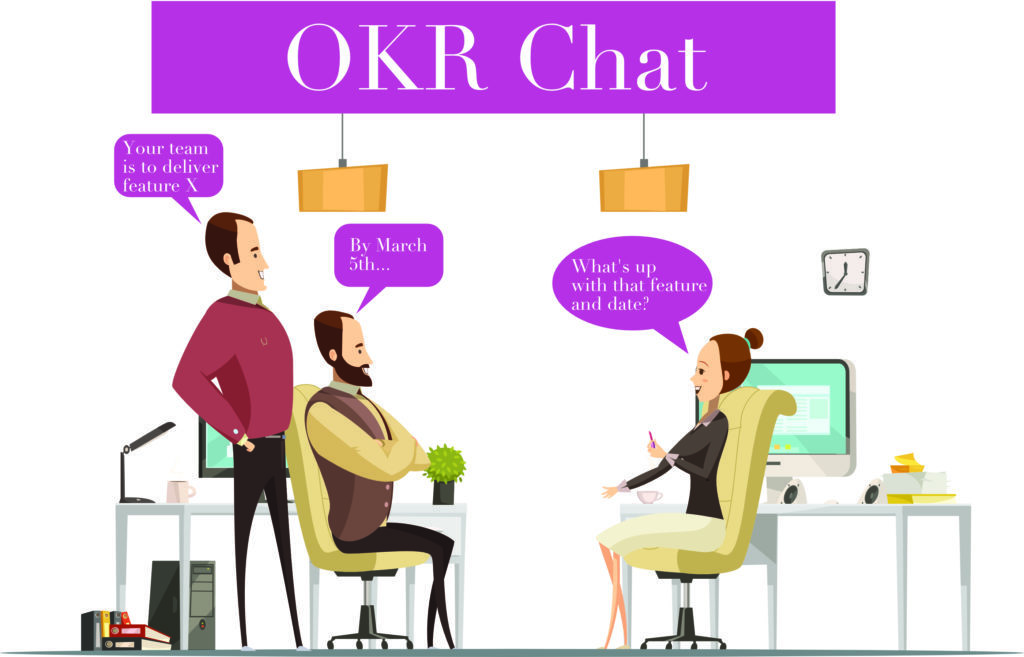The O in OKR Should Also Trigger Outcomes
(and Not Just Objectives)
Hello everyone! Happy February. Happy Valentine’s Day! Happy New Year (lunar calendar, the year of the ox)!
We’re in the middle of the first quarter in 2021. I’m hearing from friends and colleagues who I’ve worked with in the past that they are busy doing either of two things – one set is doing strategic planning for the year. The other set is gearing up for upcoming performance review cycles. (And there are a few who are doing both – heavens! Who thought of combining both of these in the same quarter? Talk about stress and cognitive overload.)
I see and hear a myriad of people using Objectives and Key Results (or OKRs) to plan out what they are doing for the new quarter. Using OKRs, which Andy Grove invented at Intel, helps teams and companies proceed with focus and achieve results. You can find several videos and writings out there about OKRs. The talk given by John Doerr at TED Talk is one that many people find useful as an introduction.
Using OKRs can give you the drive and results. However, I find a lot of teams and companies have not fully harnessed their power. Why? Instead of measuring the outcomes, I see many of them measuring output for their OKRs. The OKRs they write are couched in terms of releasing something on a particular date.
Therein lies the problem. A release date doesn’t make an OKR – the impact that happens after a release is the one that does. What did your release do? Did it make your customers happy or sad? Did it help sales sell more, or are sales still scrambling to meet their quotas?
KR means Key Result – but most people still think that releasing a product by a date is a key result. It is not – it’s an event, a milestone point in time. So how do you create measures that you can track after something releases? A lot of metrics like sales numbers are lagging indicators that can take a few months.
Impactful OKR Metrics Drive Outcomes
One example of a better metric that one of my teams used is tracking the rate of adoption. We had outcome trackers to see how many of our customers deployed the new software release to their enterprise. We also measured the time they took from the release to actual deployment.
We also looked at incoming calls to our customer care – if there was an uptick in either issues or negative feedback from our customers. In a nutshell, we created counterpoint OKRs alongside our main OKRs. We do this so that we don’t negatively impact current metrics and make them worse.
We used all these metrics since we could gather on our own. We collaborated with teams who were immediately and directly impacted by our release (like customer service). The end result – we changed the focus away from releases during our quarterly planning and instead concentrated on actual results and impact.
I’d love to hear your thoughts on some of the ideas I presented here.
Till next time,
-JF
